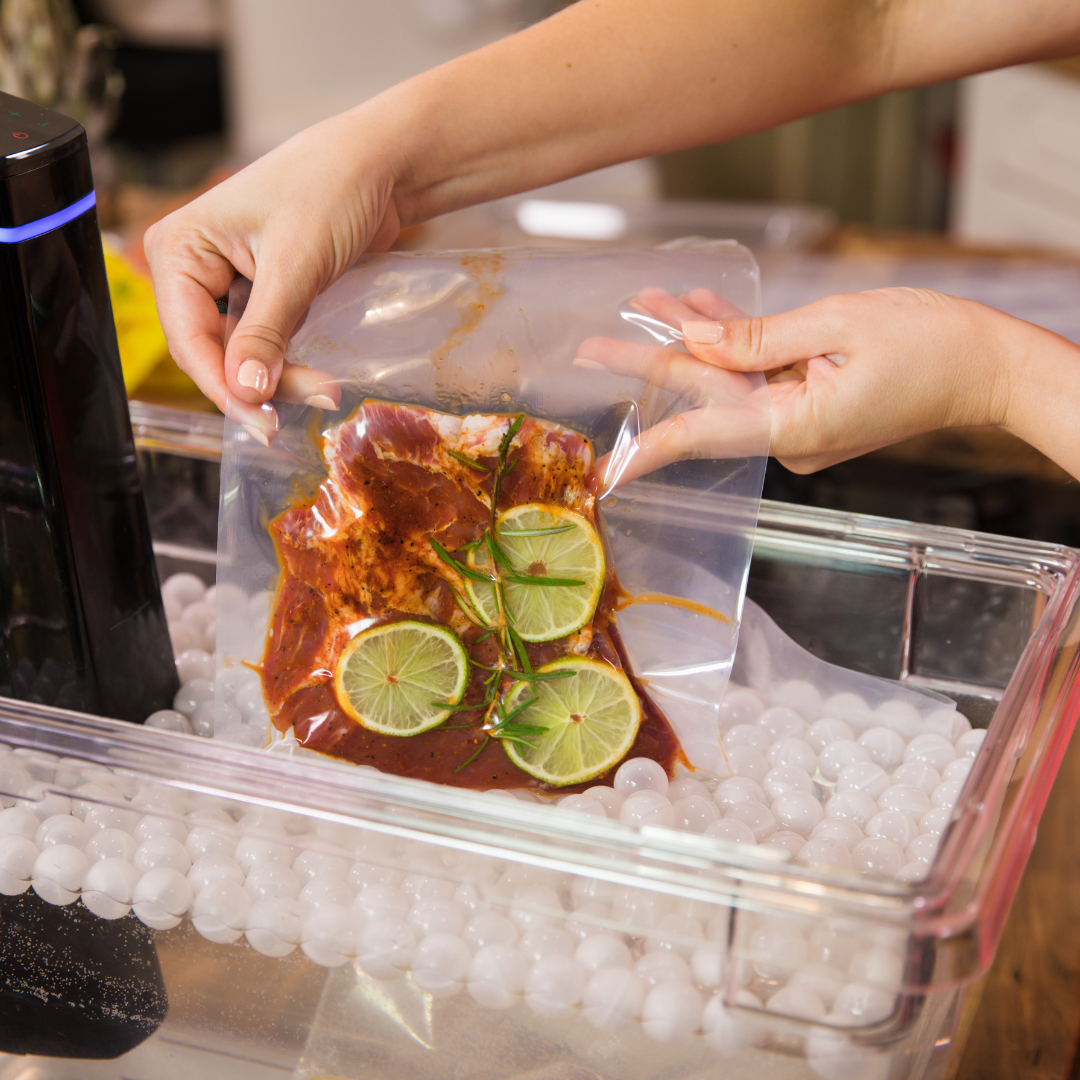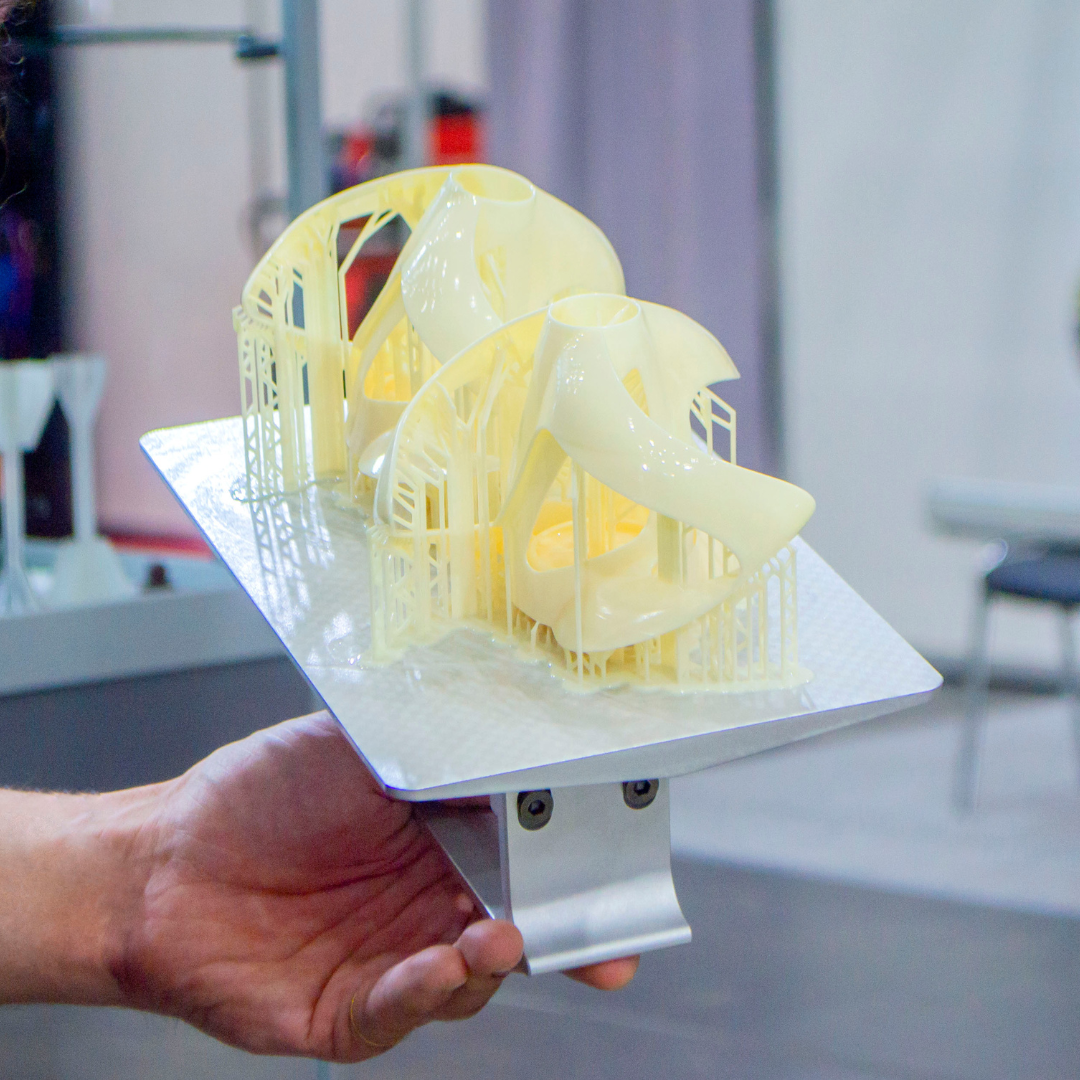Table of Contents
ToggleIntroduction
The methods and abilities used to prepare, cook, and serve food are known as culinary techniques. They can be straightforward or intricate, conventional or contemporary, local or worldwide. Because chefs and food enthusiasts are always experimenting with new ingredients, tools, and styles, culinary techniques are also continually growing and improving. This article will examine some of the most recent developments in the culinary arts, as well as must-try recipes, in-depth analyses of current trends, and expert interviews. We’ll also examine how culinary innovation may influence our food experiences and culture in the future.
Latest Culinary Innovations

Some of the latest culinary innovations that have been making headlines in the food industry are:
Redefine Meat’s 3D-Printed Steaks:
- Steaks made of plants that realistically resemble animal flesh.
- sustainable, healthful, and adaptable to individual tastes.
Revolution of Lab-Grown Meat:
- Eat, Mosa Meat, and Memphis Meats only recently developing lab-grown foie gras, beef, and chicken.
- lowering the hazards to food safety, the environment, and animal suffering.
Phantom kitchens
- eateries that only offer deliveries online and don’t have a physical location.
- making use of websites such as Grubhub, DoorDash, and Uber Eats.
- providing a variety of menu items, brands, and cuisines; particularly well-liked during the COVID-19 epidemic.
Breaking News in the Culinary World
Some of the recent news in the culinary world that have caught our attention are:
1. Redefine Meat’s 3D-Printed Steaks:
- Redefine Meat invented 3D printing to create authentic-tasting plant-based steaks.
- Affordable, adaptable, healthful, and sustainable substitutes for traditional meat.
2. The Emergence of Lab-Grown Meat:
- Memphis Meats, Eat Just set the standard for inventiveness in lab-grown beef. provides beef burgers,
- chicken nuggets, and foie gras with the potential to reduce threats to food safety, the environment, and animal suffering.
3. The emergence of virtual kitchens, often known as ghost kitchens, has redefined restaurant concepts:
- Use internet channels to deliver goods instead of having a physical storefront.
- An increasing number of brands, menu items, and cuisines are available; this is especially true during the COVID-19 pandemic.
Must-Try Culinary Techniques

Explore cutting-edge culinary methods:
1. Sous Vide:
- Precisely seal and cook meals in a water bath for uniformly moist outcomes.
- Perfect for seafood, poultry, eggs, vegetables, even cheesecakes and other pastries.
2. Fermentation:
- Use microorganisms to change food to improve its flavor, texture, and nutritional value.
- Prepare kimchi, sauerkraut, kombucha, wine, beer, cheese, yogurt, and bread.
3. Molecular Gastronomy:
- Create new meals by combining biology, physics, and chemistry.
- Make unexpected treats like vegetarian spaghetti, cheese foam, and caviar made from fruit juice. Examine the presentation, color, texture, scent, and other senses.
In-Depth Analysis of Culinary Trends and techniques
A thorough investigation of culinary trends entails looking at the patterns, inclinations, and influences surrounding food and cooking, both in the present and the past. It can assist in determining the demands and expectations of customers as well as the opportunities and difficulties facing the food business. A thorough examination of culinary trends can also shed light on how food and cooking affect society, culture, and the environment, and how these factors may influence our future.
Culinary Trends for Home Cooks Amid COVID-19

Find out what patterns shaped family cooking throughout the pandemic:
1. Air Frying:
- Move hot air about to get crispy results using less oil.
- Time and space-saving, perfect for chicken, fries, vegetables, and desserts.
2. Instant Pot:
- Multipurpose electric pressure cooker for quicker and simpler cooking.
- Preserves flavor and nutrients while cooking a variety of foods without continuous supervision.
3. Meal Kits:
- Easy-to-use pre-made boxes that include ingredients and directions.
- Preparing, shopping, and setting up take less time. Adapt to a range of nutritional requirements. supplied by businesses such as Home Chef, Blue Apron, and HelloFresh.
Interviews with Culinary Experts about Culinary Techniques
Discover insights from leading culinary experts:
1. Chef Heston Blumenthal:
- British chef renowned for molecular gastronomy.
- Challenges: Perception as gimmicky; difficulty in consistency.
- Benefits: Inspires curiosity; enhances flavor, texture, and appearance.
- Future Trends: Exploring emotional aspects; utilizing natural ingredients; making innovation accessible.
2. Chef Dominique Crenn:
- French chef known for artistic and poetic cooking.
- Challenges: Making food meaningful; honoring ingredients.
- Benefits: Using food as expression; telling stories through dishes.
- Future Trends: Exploring emotional and impactful culinary art; respecting environment and culture.
Future of Culinary Techniques and Innovation

The demand to address challenges and seize opportunities in the food industry, driven by factors like population growth, climate change, health, consumer preferences, and technological advancements, will fuel future culinary innovation. Explore emerging trends and directions that will shape the future of culinary techniques and innovation:
Meat Grown:
- Ethically produced lab-grown substitute for traditional beef.
- Businesses like Eat Just, Memphis Meats, and Mosa Meat are creating items like foie gras and chicken nuggets.
3D Printing of Food:
- Layer by layer, technology is producing edible objects.
- Citations: ChefJet, Choc Edge, and Foodini. Reduced food waste and personalized flavors, textures, and forms.
Tailored Dietary Plans:
- Adjusting nutritional advice based on personal circumstances.
- Improves well-being and wards against illness. Habit, Sun Genomics, and DNAfit are a few examples.
FAQs
1. What is Cultivated Meat? Examine lab-grown substitutes for traditional meat while taking ethical and sustainable issues into account.
2. How does 3D food printing work? Learn about the technology used to create unique food textures, flavors, and forms through 3D printing.
3. Why is personalized nutrition important? Find out how to improve your health and well-being by customizing dietary suggestions based on unique circumstances.
4. Which firms are leading the way in the development of Cultivated Meat?
Learn about important players in the lab-grown meat market, such as Memphis Meats, Mosa Meat, and Eat Just.
5. Can you name some examples of 3D food printing devices? Learn about gadgets like Foodini, ChefJet, and Choc Edge that are using 3D printing technology to transform the food industry.

Meet Misha Mehboob, a passionate food enthusiast and computer science student from Sargodha University. Misha’s culinary journey is fueled by her love for exploring new flavors and experimenting in the kitchen.
At CrispyEatHub, Misha shares her creative recipes and practical cooking tips to inspire fellow food lovers on their culinary adventures. From quick weeknight dinners to indulgent desserts, there’s something delicious for every palate.
Join Misha as she combines her love for food and technology to create mouthwatering dishes that delight the senses and bring people together. Let CrispyEatHub be your go-to resource for culinary inspiration and delicious recipes that make every meal memorable.

